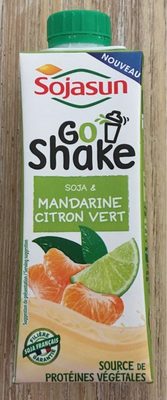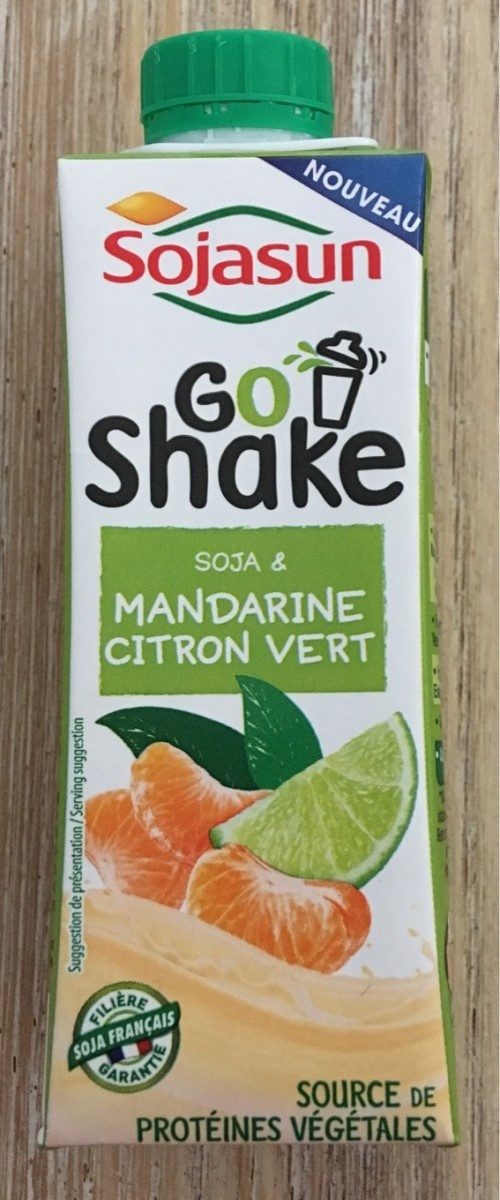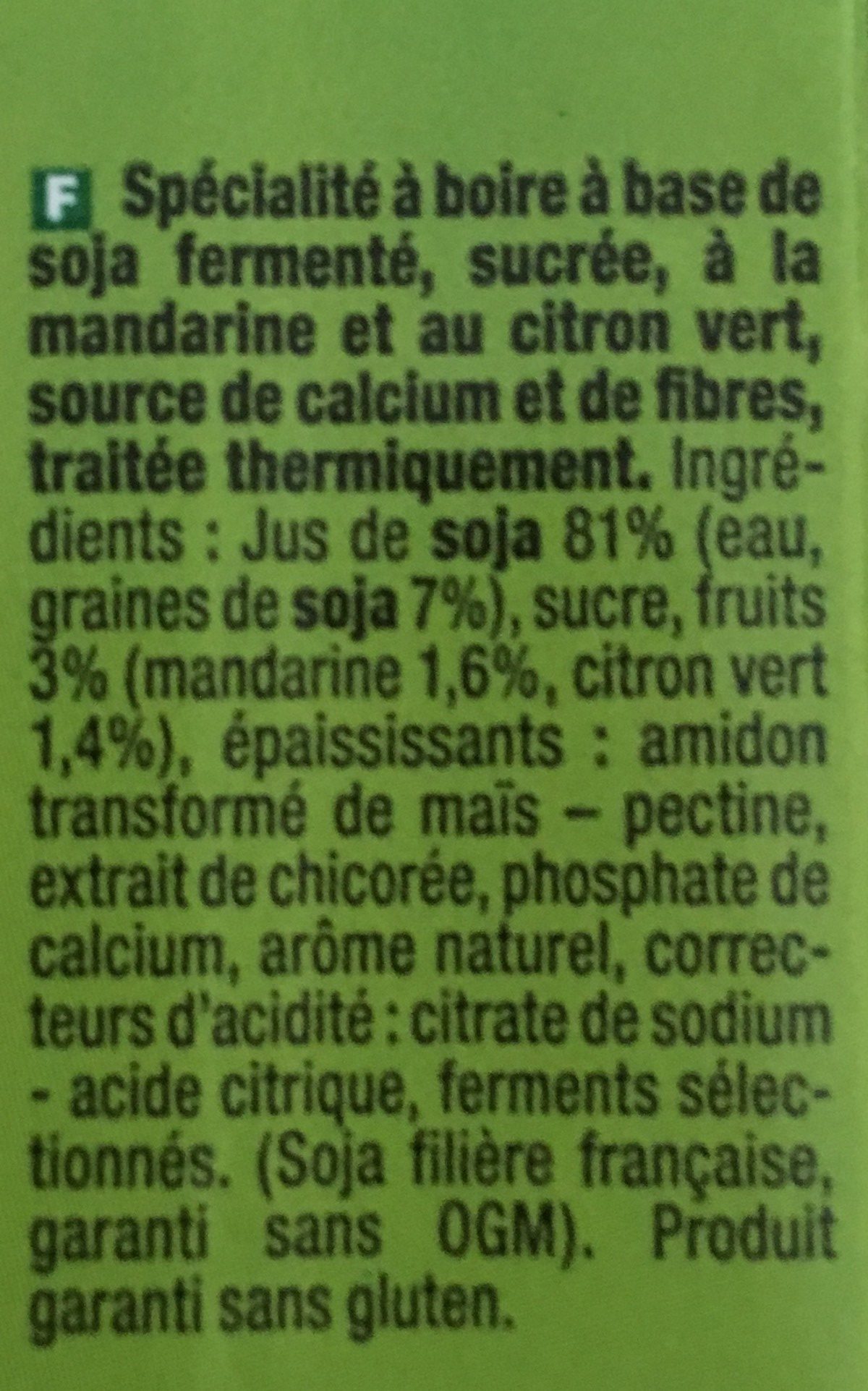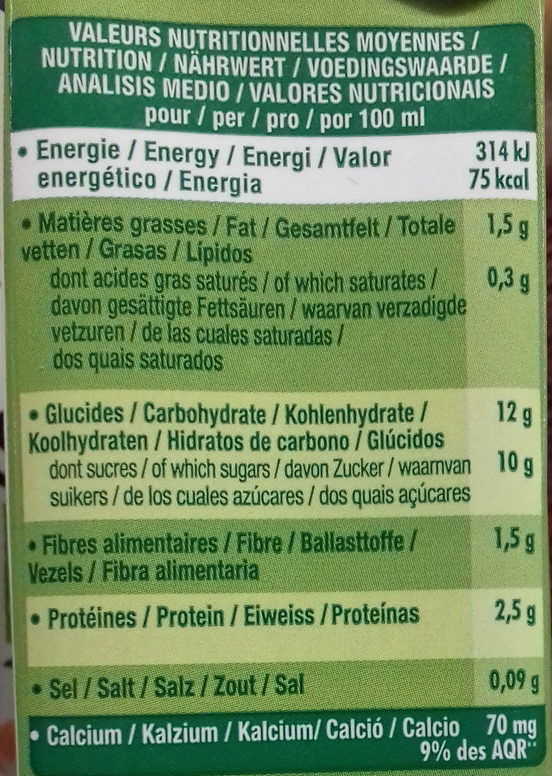Go shake soja & mandarine citron vert - Sojasun - 25 cl
Aquesta pàgina del producte no està completa. Podeu ajudar a completar-la editant-la i afegint-hi més dades a partir de les fotos ja disponibles, o fent-ne més amb l'aplicació de androide o iPhone / iPad. Gràcies!
×
Codi de barres: 3273220087930 (EAN / EAN-13)
Nom comú: Spécialité à boire à base de soja fermenté, sucrée, à la mandarine et au citron vert, source de calcium et de fibres, traitée thermiquement
Quantitat: 25 cl
Empaquetament: Tetra Pak
Marques: Sojasun
Categories: Aliments i begudes amb base vegetal, Begudes, Aliments fermentats, en:Dairy substitutes, Postres, en:Non-dairy desserts, Begudes amb base vegetal, Begudes fermentades, Begudes ensucrades, fr:Bebidas de soja fermentada
Etiquetes, certificacions, premis:
Lliure de gluten, Sense transgènics, Source of fibre, Font de proteïna, Font de calci, FSC, Mix FSC, Punt verd, Alt en fibra, Alt en proteïnes, Fet a França, fr:Rica en proteínas vegetal, fr:Soja française

Llocs de fabricació o processament: France
Codi de traçabilitat: EMB 35068G - Châteaubourg (Ille-et-Vilaine, France), FSC-C014047
Enllaç a la pàgina del producte en el lloc oficial del productor: http://www.sojasun.com/produit/go-shake-...
Matching with your preferences
Entorn
Empaquetament
Transport
Report a problem
Fonts de dades
Producte afegit per lilique18
Última modificació de la pàgina del producte per fabi2.
La pàgina del producte, també editada per davidd22, kiliweb, luciebnt, neptuno, openfoodfacts-contributors, packbot, roboto-app, thaialagata, yuka.ZWFzbElwc25oZUlPd2M4Nm9TL3dwOWRRM0llS1JtT2RMdm8zSVE9PQ.











